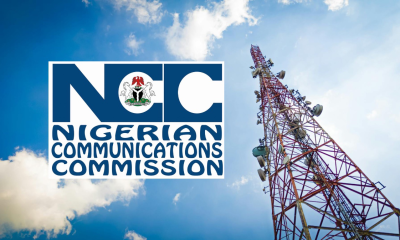Accurate and reliable blood pressure measurement is critical for the proper diagnosis and management of hypertension. So much so that a 5 mm Hg BP measurement error can lead to incorrect hypertension classification in 84 million individuals worldwide, according to a consensus document published in the Journal of Hypertension.
This inaccuracy has persisted despite extensive education and efforts to raise awareness on the adverse consequences of incorrect clinic BP measurement, according to the Lancet Commission on Hypertension Group position statement.
That statement was co-written by AMA Vice President of Health Outcomes Michael Rakotz, MD, and Gregory D. Wozniak, PhD, who is vice president of outcomes analytics at the AMA.
READ ALSO: Potatoes and high blood pressure: What you need to know
“Many measurement errors can be minimized by appropriate patient preparation and standardized techniques. Validated semi-automated or automatic upper arm cuff devices should be used instead of auscultation to simplify measurement and prevent observer error,” the consensus document says.
The consensus document cites multiple causes of inaccuracy in measurement. Here are four ways BP measurement goes wrong and how to address them.
Patient-related
There are instances in which the BP-measurement accuracy is affected by patients’ habits or behaviors. Acute meal ingestion, caffeine or nicotine use can all affect BP readings, leading to errors in measurement accuracy. If the patient has a full bladder that can lead to an error in systolic BP of up to 33 mm Hg and the white-coat effect can have an error of up to 26 mm Hg.
It is important for the patient to rest comfortably in a quiet environment for five minutes in a chair. The patient should also have an empty bladder and not have eaten, ingested caffeine, smoked or engaged in physical activity at least 30 minutes before the measurement.
Procedure-related
Inaccuracies in BP measurement can also occur due to errors related to the procedure. For example, having the patient’s arm lower than heart level can lead to an error of 4 mm Hg up to 23 mm Hg. Procedure related error might also occur if the patient’s legs are crossed at the knees or if talking occurs during BP measurement. A fast cuff deflation rate also can contribute to inaccuracy.
READ ALSO: How a person with high blood pressure is affected by cold water showers
The AMA has developed online tools and resources created using the latest evidence-based information to support physicians to help manage their patients’ high BP.
These resources are available to all physicians and health systems as part of Target: BP™, a national initiative co-led by the AMA and American Heart Association.
Equipment-related
If a cuff is too small or too large, errors in measurement can occur. Adding to inaccuracy are automated devices that have not been tested for accuracy, which can account for errors in systolic BP.
“An important issue with automated devices is that many have not been clinically validated for measurement accuracy,” says the statement. “Clinical validation involves demonstrating that the device meets the accuracy requirements of international BP measurement standards.”
The process of clinical validation involves performing a protocol-based comparison using multiple measurements against blinded, two-observer auscultatory reference standards. For greater accuracy, only validated devices should be used.
Physician- or health professional-related
One common error in the clinical setting is failure to include a five-minute rest period. Errors can also include talking during the measurement procedure, using an incorrect cuff size and failure to take multiple measurements.
READ ALSO: Effects of egg yolk on people with high blood pressure
Time constraints are also quite common for casual measurements. This is because a casual reading takes about two minutes to perform compared with eight minutes for a standardized measurement. Physician readings were also found to be higher than nurse readings, which is the white coat effect in action.
The physician, nurse or other health professional is responsible for performing proper BP measurement while ensuring—to the greatest extent possible—that all potential causes of inaccuracy are avoided.
Training programs can lead to short-term success in BP readings. These can be web-based or in-person. However, shorter web-based programs may be preferred because of their practical advantages, lower cost and scalability.
Quality improvement programs that combine use of automated office BP measurement with physician and care team education on proper measurement, as well as advice on clinical workflow enhancement, can also improve readings.

 Uncategorized1 week ago
Uncategorized1 week ago
 Business1 week ago
Business1 week ago
 Business7 days ago
Business7 days ago
 Politics3 days ago
Politics3 days ago
 News4 days ago
News4 days ago
 Latest5 days ago
Latest5 days ago
 Crime5 days ago
Crime5 days ago
 Business5 days ago
Business5 days ago

